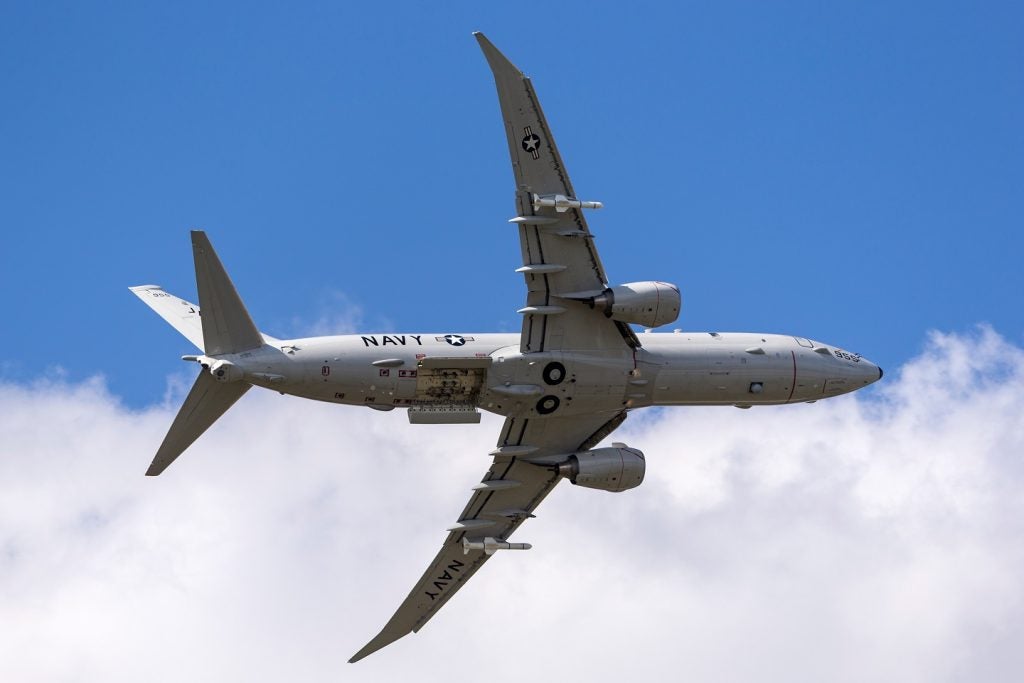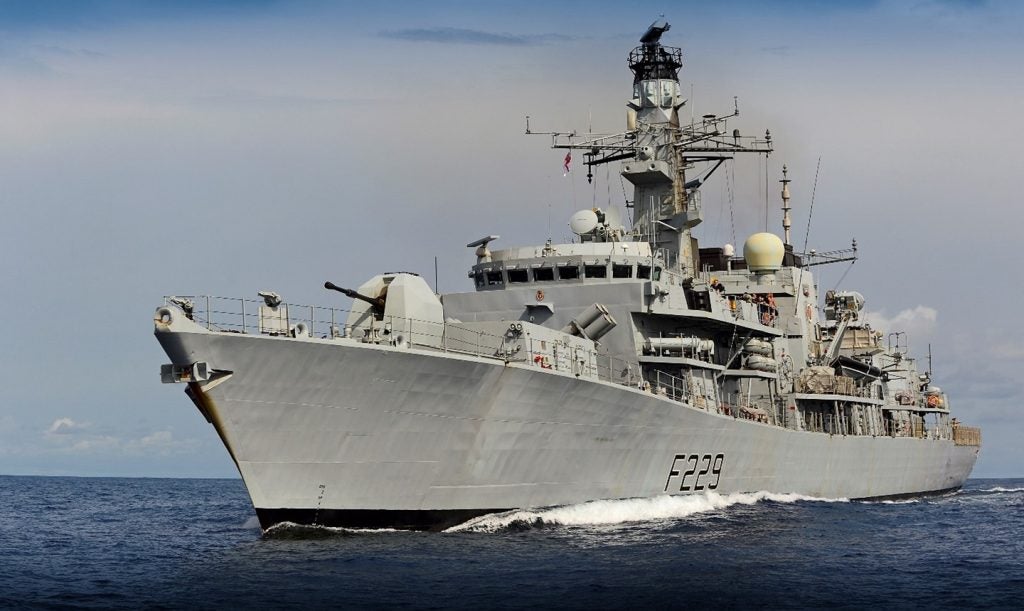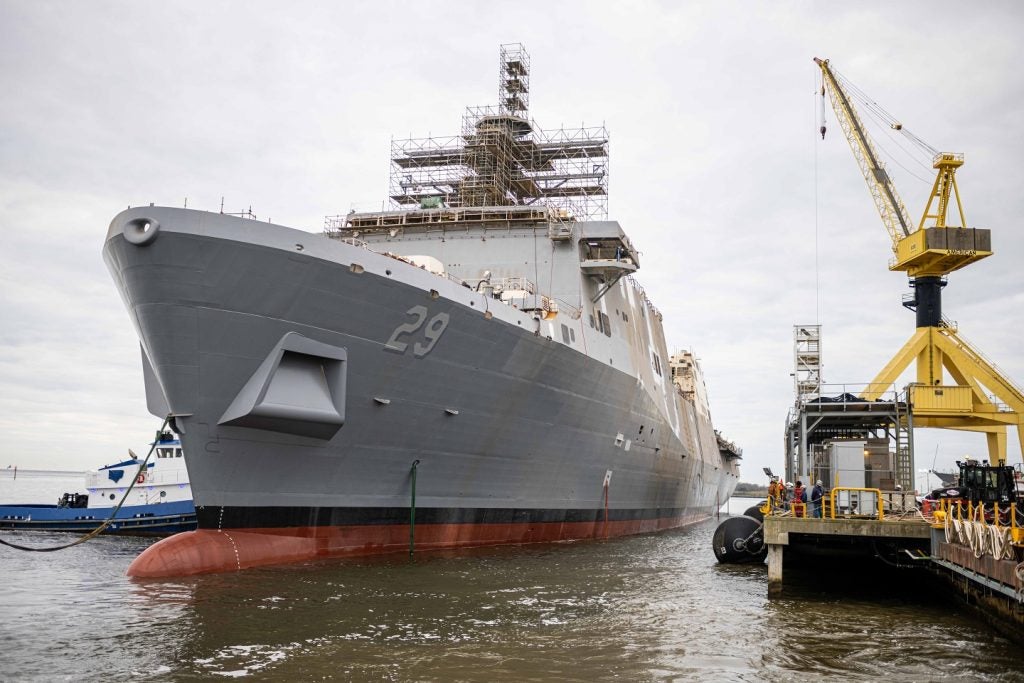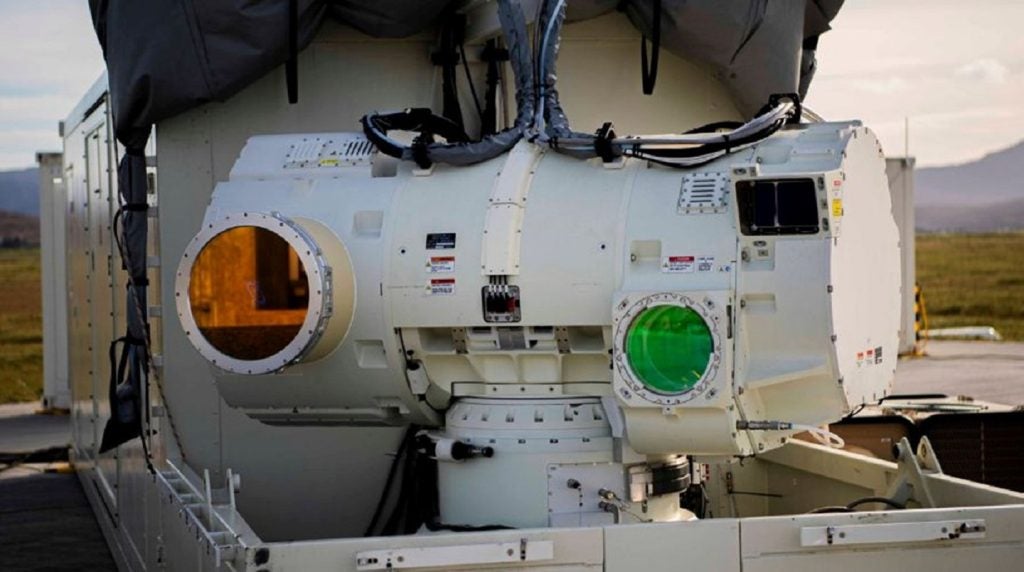US Navy engineers have completed testing of the handheld distributed tactical communications system (DTCS), demonstrating its global architecture in severe weather conditions across Alaska’s polar region for the first time.
During the Phase 3 arctic testing, DTCS validated its new global range capability over a multi-satellite, multi-spot beam architecture while enhancing command and control for forces by making use of the Iridium low-earth orbiting satellite constellation.
DTCS technical manager Igor Marchosky said that the system would provide communication capability for personnel in the Polar Regions above the Arctic Circle, as well as provide reach-back, which does not exist at the tactical level.
"We tested the global architecture part of the DTCS system, and it worked as designed," Marchosky added.
How well do you really know your competitors?
Access the most comprehensive Company Profiles on the market, powered by GlobalData. Save hours of research. Gain competitive edge.

Thank you!
Your download email will arrive shortly
Not ready to buy yet? Download a free sample
We are confident about the unique quality of our Company Profiles. However, we want you to make the most beneficial decision for your business, so we offer a free sample that you can download by submitting the below form
By GlobalDataDeveloped by NSWCDD and Marine Corps Warfighting Laboratory scientists and engineers, DTCS has been designed to provide communication capabilities, while ensuring reliable connections with a constellation of 66 satellites.
See Also:
The system uses Iridium-based radios to provide on-the-move, over-the-horizon, beyond line-of-sight voice and position location information for joint forces without the need for local ground infrastructure.
In addition to providing continuous Arctic communications, the Phase 3 capability will support missions such as search-and-rescue, ship patrols, and natural disasters.
DoD Information Systems and Cyber Security director Robert Gold said: "This demonstration builds confidence that we can leverage the available capabilities of Iridium to address critical communications gaps and add resiliency to our communications networks at a very effective cost point and on accelerated timelines in comparison to flying military-unique constellations."
Interoperable with legacy services, the DTCS’s first two phases successfully addressed inadequacies for mobile users’ by providing satellite communications to users who earlier failed to establish instant access to a global communications system when mobile.







